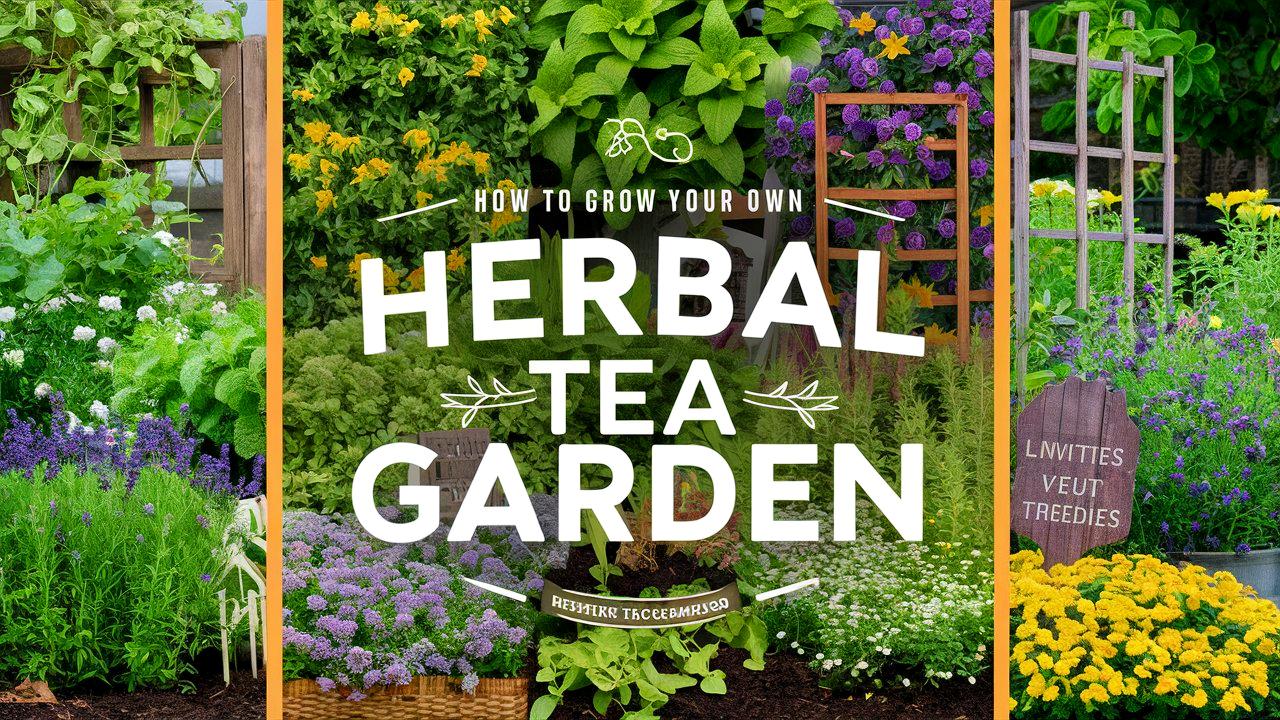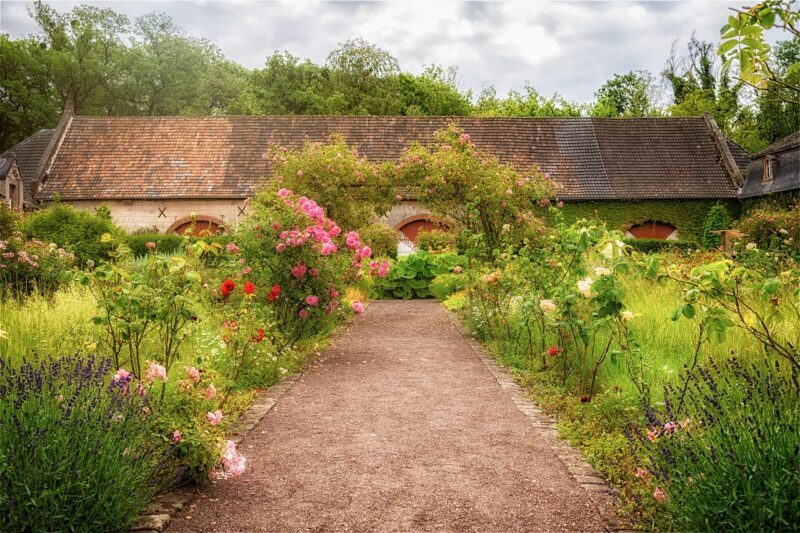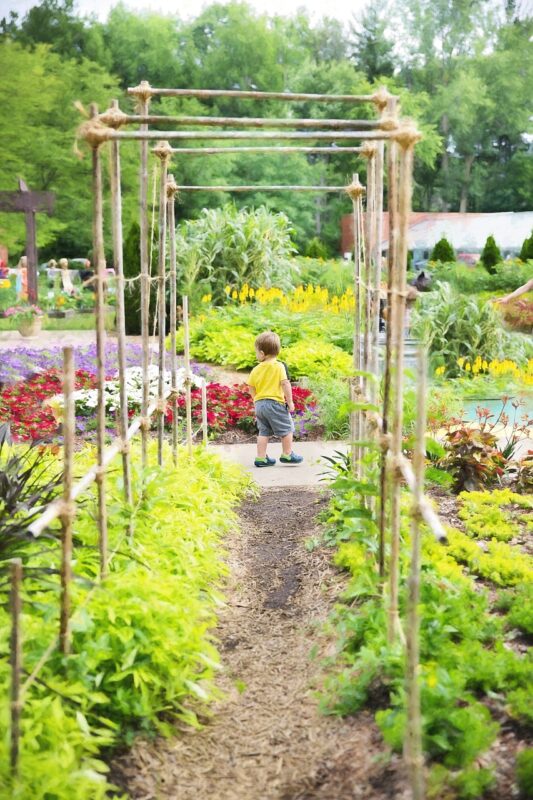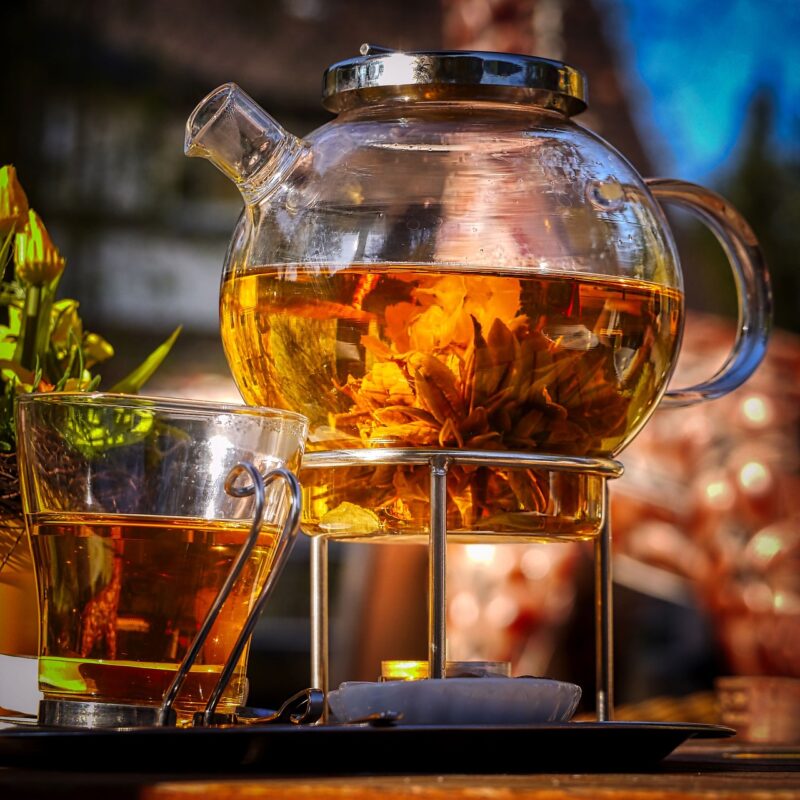Creating a tea garden filled with fragrant and flavorful herbs is not only a rewarding hobby but also a fantastic way to enjoy fresh, organic tea at home. In this comprehensive guide, we will explore how to successfully plant and nurture your very own herbal tea garden. Whether you are a novice gardener with a green thumb or someone who has never planted anything before, this blog post is tailored for you.
Planting Your Own Herbal Tea Garden
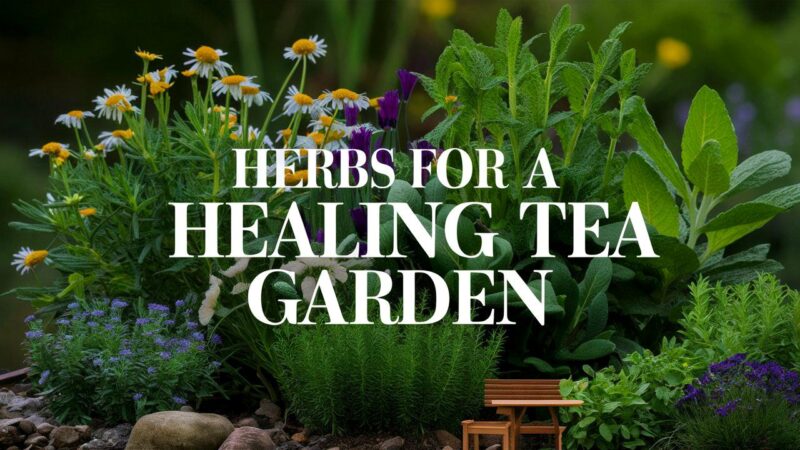
Starting your own herbal tea garden begins with the right planning and preparation. The first step is selecting a location that receives plenty of sunlight. Ideally, your garden should be in an area where the herbs can bask in full sun for at least six hours a day. Whether you have a spacious backyard or a small balcony, there are options for everyone.
Choosing Your Garden Space
Consider planting in raised beds, containers, or directly in the ground, depending on your available space. Raised beds can provide better drainage and soil quality, while containers offer the flexibility of portability. If you have a small area, vertical gardening can be an effective strategy by maximizing space and allowing easy access. Using shelving or wall-mounted planters can also create an aesthetically pleasing display.
Soil Preparation

Herbs generally thrive in well-draining soil rich in organic matter. Test your soil’s pH – a range of 6.0 to 7.0 is ideal for most herbs. You can amend your soil with compost to improve its texture and nutrient content, helping your new plants establish themselves more effectively. If you’re working with heavy clay or sandy soil, consider elevating your planting beds or using containers to create the perfect environment for herbs.
Choosing the Right Time to Plant
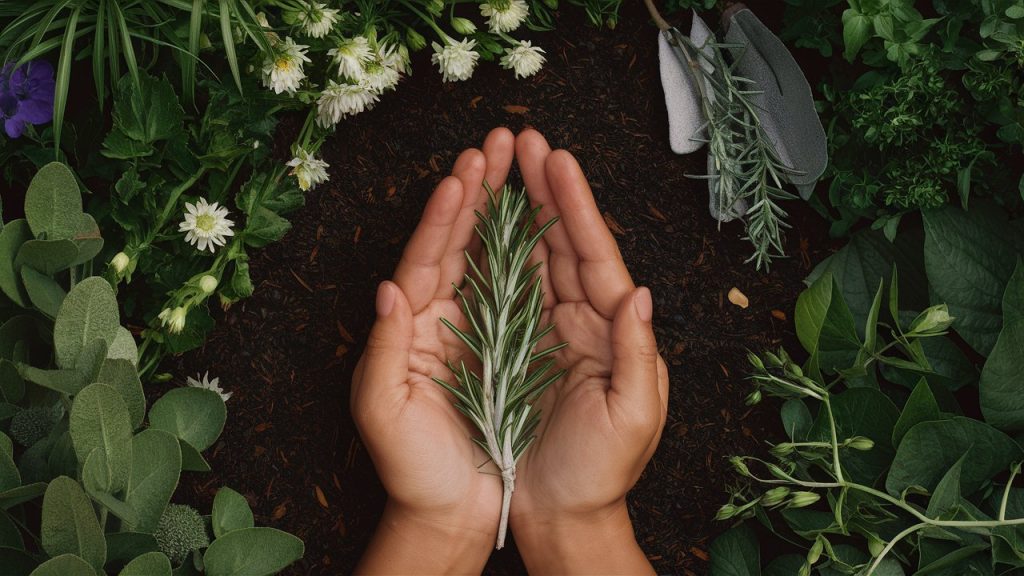
The best time to start your tea garden typically aligns with the warmer months. In most regions, late spring is the perfect season to initiate your garden after the last frost. The soil temperature should ideally be above 60°F (15°C) for most herbs to germinate successfully. If you’re starting indoors, you can begin sowing seeds several weeks earlier.
Why Plant a Tea Garden
Many reasons motivate individuals to cultivate their own tea gardens. Beyond the pleasure of harvesting fresh herbs, growing your own tea garden provides environmental benefits while promoting physical health. Here are some compelling reasons to dig in:
Enjoying Freshness and Flavor
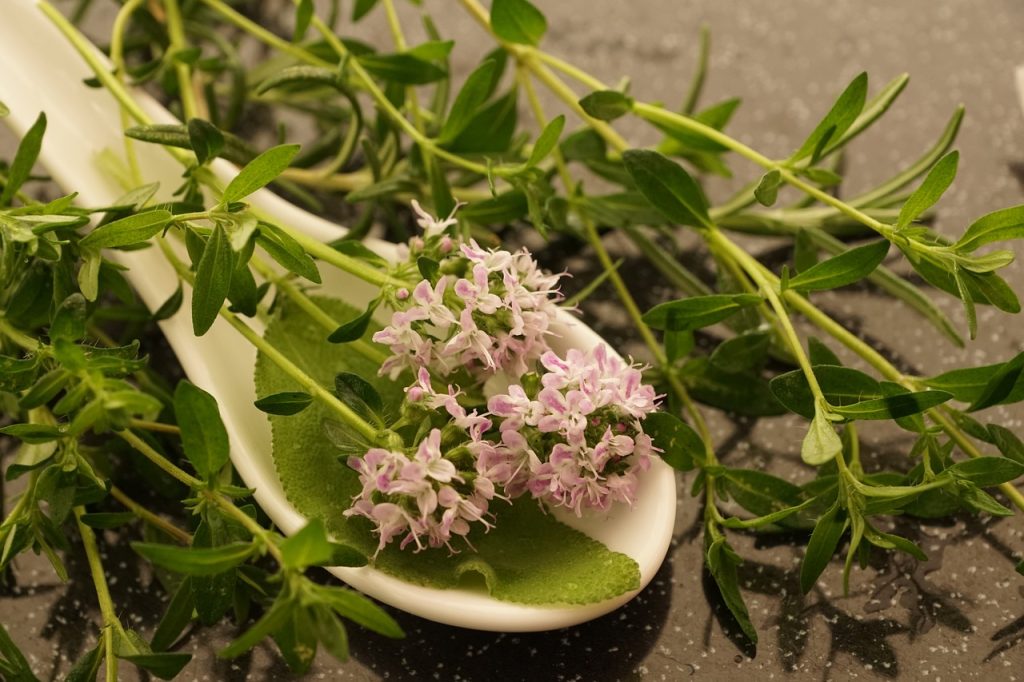
Homegrown herbs offer unparalleled freshness compared to store-bought products, allowing you to experience richer flavors in your teas. Freshly harvested teas can also be adjusted to your specific taste preferences, whether you enjoy sweeter, spiced, or woody notes. The closer you are to your tea’s origins, the more potential for creativity and personalization in preparation.
Health Benefits
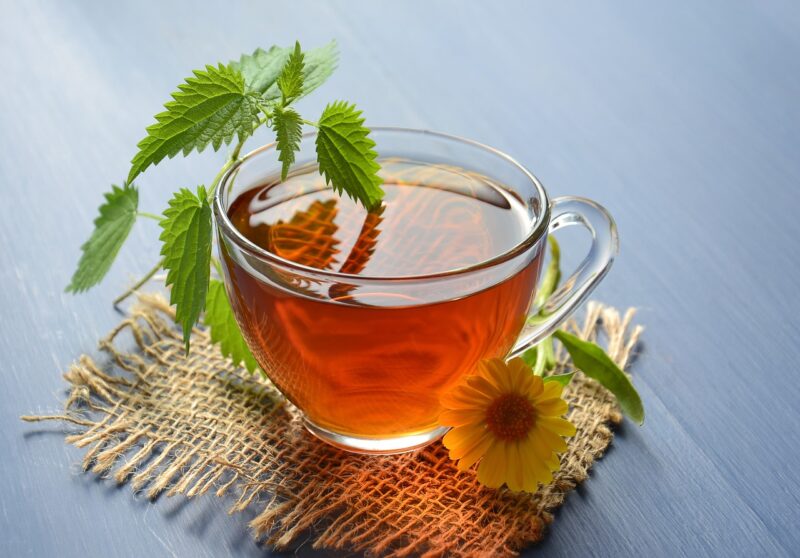 Herbal teas are often praised for their health-promoting properties. While many commercial herbal teas contain additives or preservatives, growing your own ensures that you know exactly what goes into your cup. Growing a range of herbs can cater to your specific wellness goals; for instance, you might grow chamomile for relaxation, peppermint for digestion, or echinacea for immunity.
Herbal teas are often praised for their health-promoting properties. While many commercial herbal teas contain additives or preservatives, growing your own ensures that you know exactly what goes into your cup. Growing a range of herbs can cater to your specific wellness goals; for instance, you might grow chamomile for relaxation, peppermint for digestion, or echinacea for immunity.
Preparing Your Tea Garden
Preparation is key when establishing a tea garden. It’s essential to think ahead to create an optimal environment for your herbs to flourish.
Planning the Layout
Consider how much space you can dedicate to each herb. Some plants, like peppermint, can spread rapidly, requiring more room than others. Create a layout that considers the mature sizes of the herbs you wish to grow. Using companion planting principles can enhance growth – for example, planting basil near chamomile can promote a synergistic relationship, as both plants benefit from each other’s presence.
Companion Planting
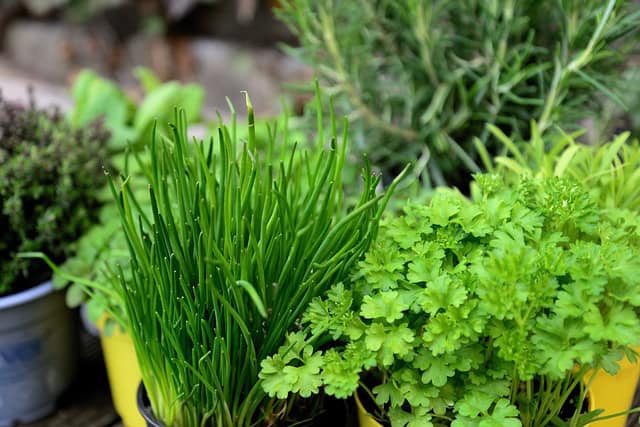
Understanding the concept of companion planting, where certain herbs can thrive better when planted near others, will contribute to a more productive garden. For example, planting thyme alongside chamomile can help retain moisture in the soil, while marigolds can deter pests. Additionally, combining plants with varying heights and root depths can optimize space and resources.
Watering Considerations
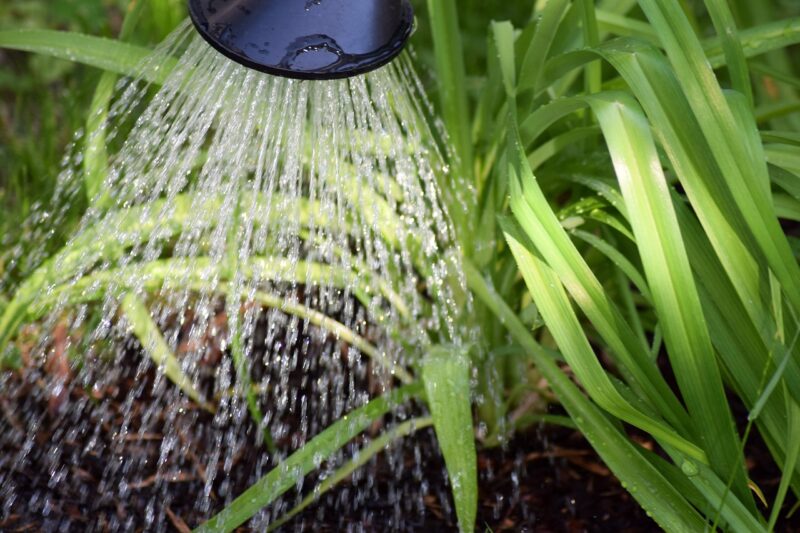
Herbs generally prefer consistent moisture but should not be waterlogged. Establish a watering schedule based on climate and rainfall, ensuring the soil remains well-drained. Incorporating a drip irrigation system or soaker hoses can help maintain even moisture levels without overwatering, which can cause root rot.
Mulching
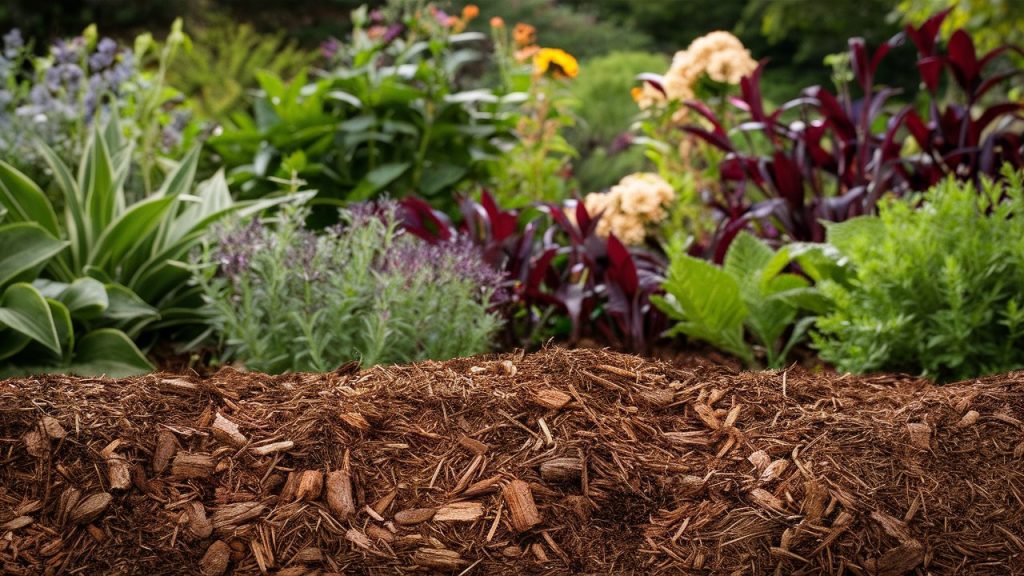
Applying mulch around your plants can help retain moisture, suppress weed growth, and improve soil structure. Organic mulches, such as straw or wood chips, break down over time and provide additional nutrients to the soil. Be careful not to pile mulch directly against the base of the plants, which can lead to rot.
Herbs to Grow in a Tea Garden
When planning your tea garden, consider incorporating a variety of herbs that will provide a range of flavors, aromas, and benefits. Here are some exceptional herbs that thrive in traditional tea gardens:
Chamomile
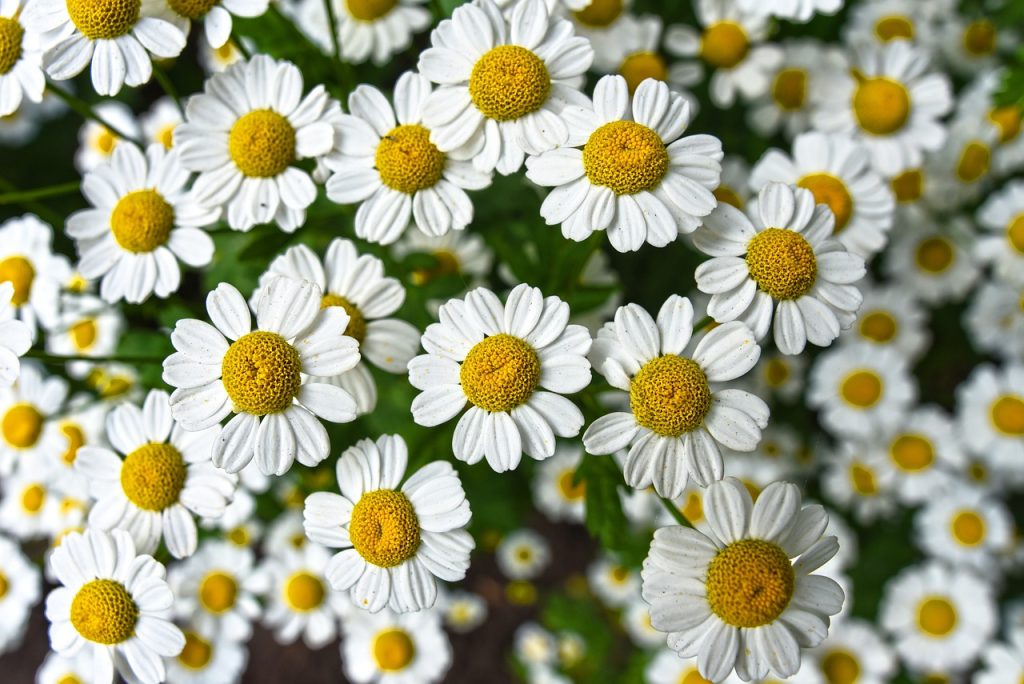
Chamomile is a classic herbal tea known for its calming properties. The small, daisy-like flowers are not only pleasant to look at but also versatile. You can grow both German and Roman chamomile, each offering slightly different flavors. This plant prefers well-drained, sandy soil, and once established, it can provide bountiful harvests. Harvest the flowers when they bloom—the earlier you pick them, the sweeter they taste.
Peppermint
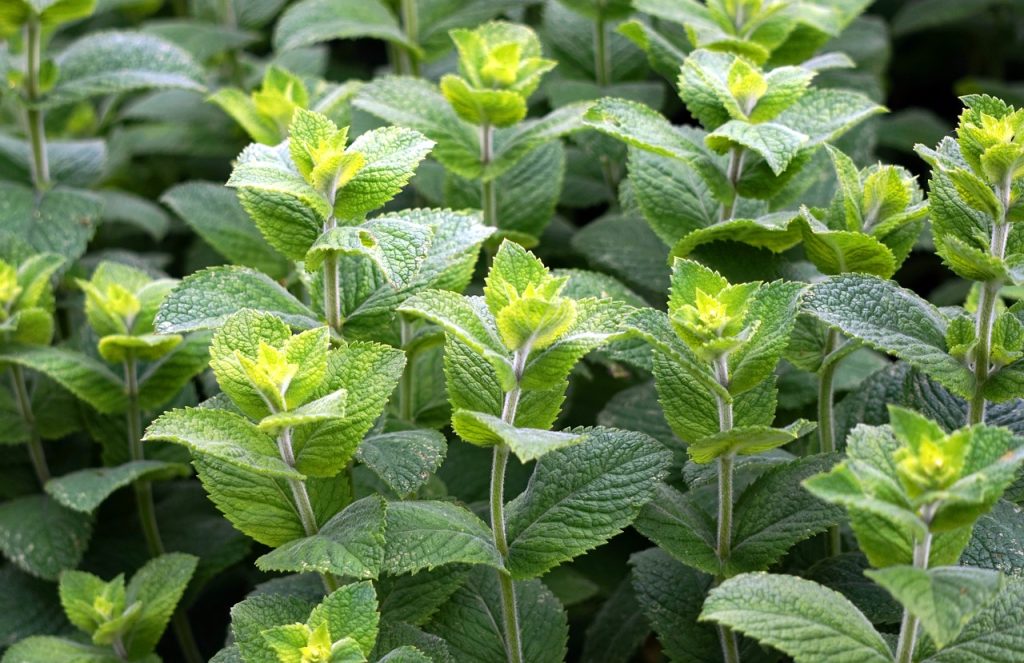
Peppermint has a refreshing taste and invigorating scent, ideal for digestive health. It’s an excellent choice for teas, desserts, and culinary uses. Peppermint is very prolific and can quickly spread, so it’s best to plant it in containers or garden beds with boundaries. This herb thrives in moist soil and partial shade if you live in a hotter climate.
Lemon Balm
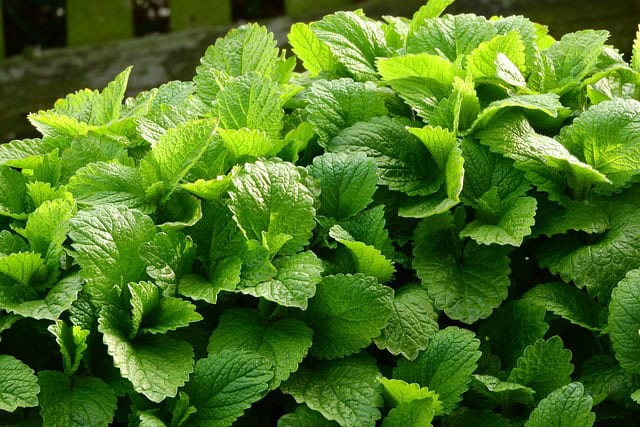
Lemon balm, a member of the mint family, enjoys sunny areas and well-drained soil. This herb produces lemon-scented leaves that are perfect for teas, offering a soothing aroma and flavor. It is an excellent choice for easing anxiety and promoting relaxation. Lemon balm is resilient and can grow quite large, making regular pruning essential for optimal performance.
Lavender
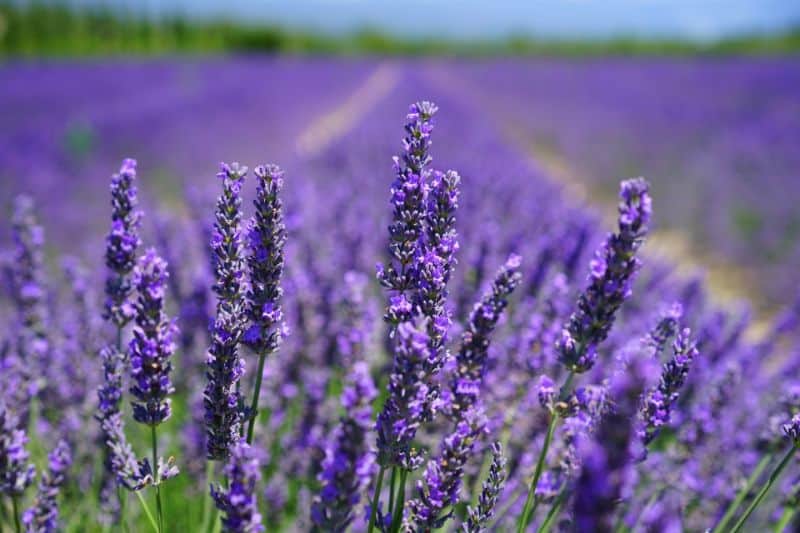
Lavender is celebrated for its beautiful purple blooms and aromatic leaves, often used in aromatherapy and culinary applications. Lavender prefers well-drained soil and a sunny location. It thrives best in slightly alkaline conditions and can tolerate drought once established. The dried flowers can be infused in tea for a subtle, floral flavor that promotes relaxation and calmness.
Jasmine
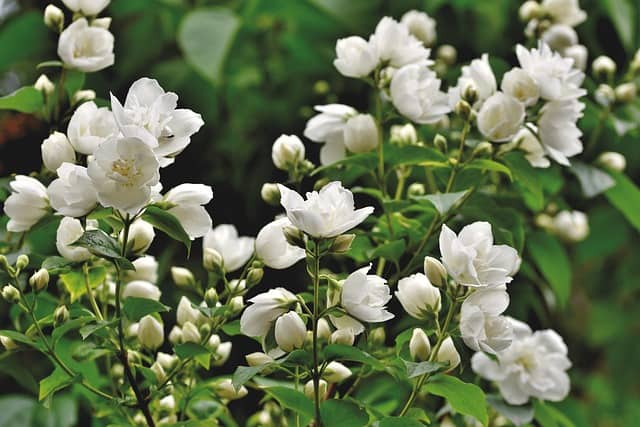
Jasmine is famous for its exquisite fragrance and delicate blossoms that can be added to tea for a floral infusion. It requires moderate sunlight and can be grown as a climbing vine on trellises or in pots. To cultivate the best jasmine for tea, choose a variety known specifically for its aromatic blossoms, such as Jasmine sambac. Harvest the flowers when they are fully open to capture the richest fragrance.
Rosemary
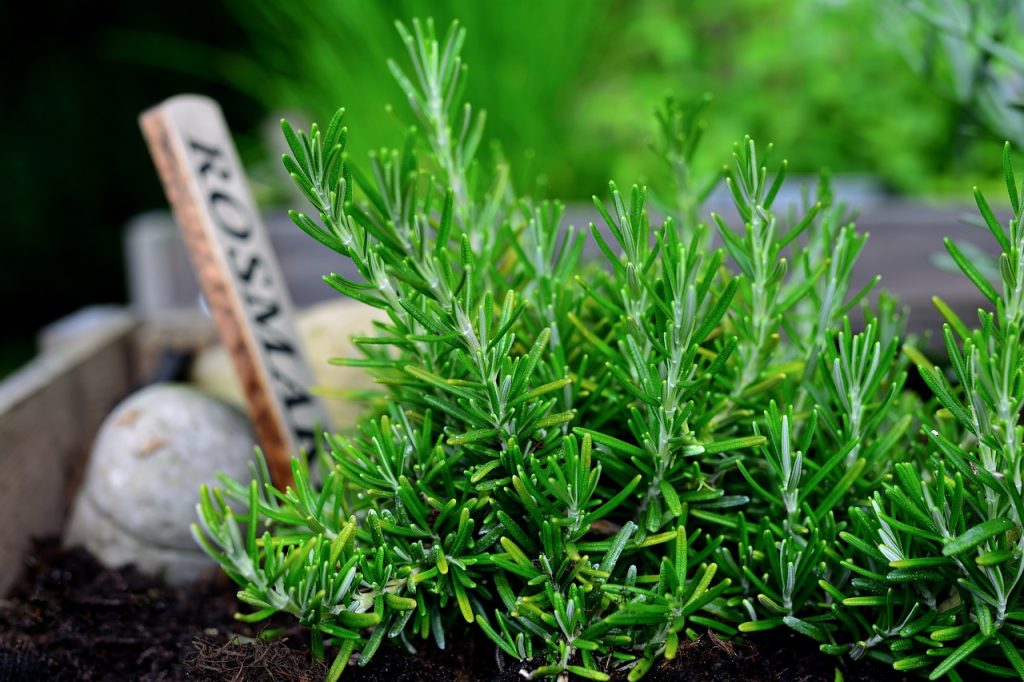
Rosemary offers robust pine-like flavor to teas, especially when combined with citrus or other herbs. This hardy, woody herb prefers well-drained soil and sunny conditions. Rosemary is drought-resistant but benefits from regular watering during dry spells. It can be harvested throughout the growing season, and fresh leaves or dried rosemary can be used to create invigorating teas.
Hibiscus
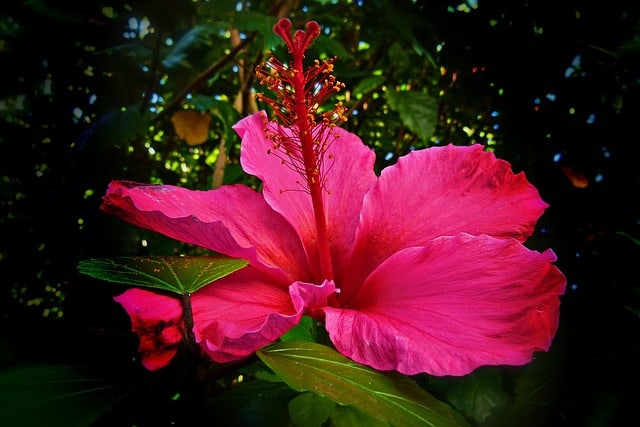
Hibiscus adds a vibrant red color to teas along with a tart, fruity flavor. This tropical plant flourishes in warm climates and produces beautiful, large flowers. Once dried, the flowers can be steeped into a refreshing infusion reminiscent of cranberry juice, rich in antioxidants. Hibiscus grows well in containers or garden beds, requiring adequate sunlight and moisture for optimal results.
Lemon Verbena
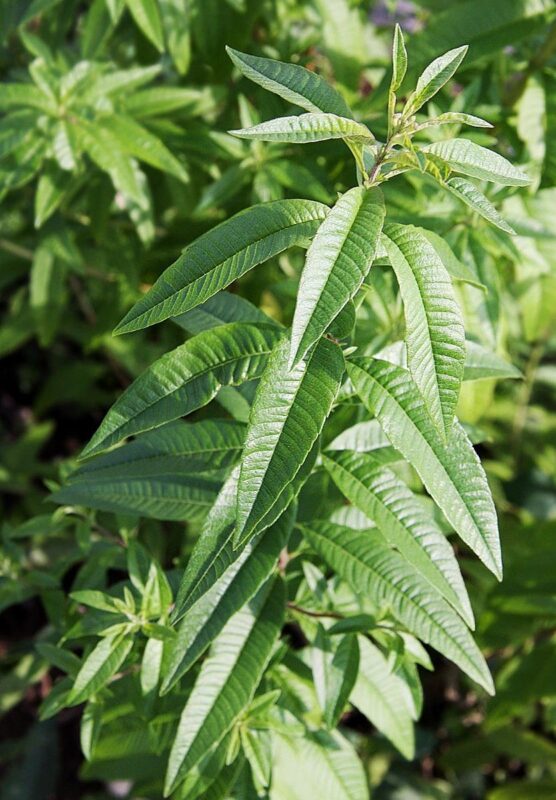
Lemon verbena has a strong lemon aroma and is traditionally used for aromatic teas. This tender perennial thrives in full sun and can withstand drought, making it a low-maintenance choice for your garden. Harvest the leaves regularly to encourage growth, and use them fresh or dried to impart a bright flavor to your teas.
Thyme
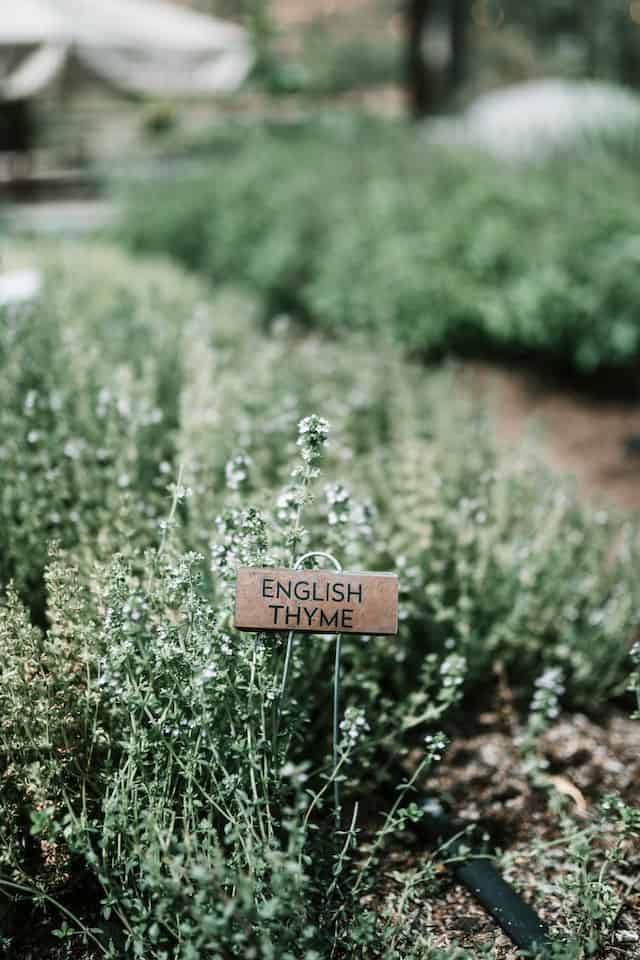
Thyme is not only an essential culinary herb but also adds unique earthy flavors to herbal teas. This perennial herb is drought-resistant and can thrive in poor soil, making it ideal for beginners. Regular trimming and pruning promote a bushy growth habit, ideal for harvesting. Thyme pairs particularly well with citrus and can be blended with chamomile for a delightful infusion.
Sage
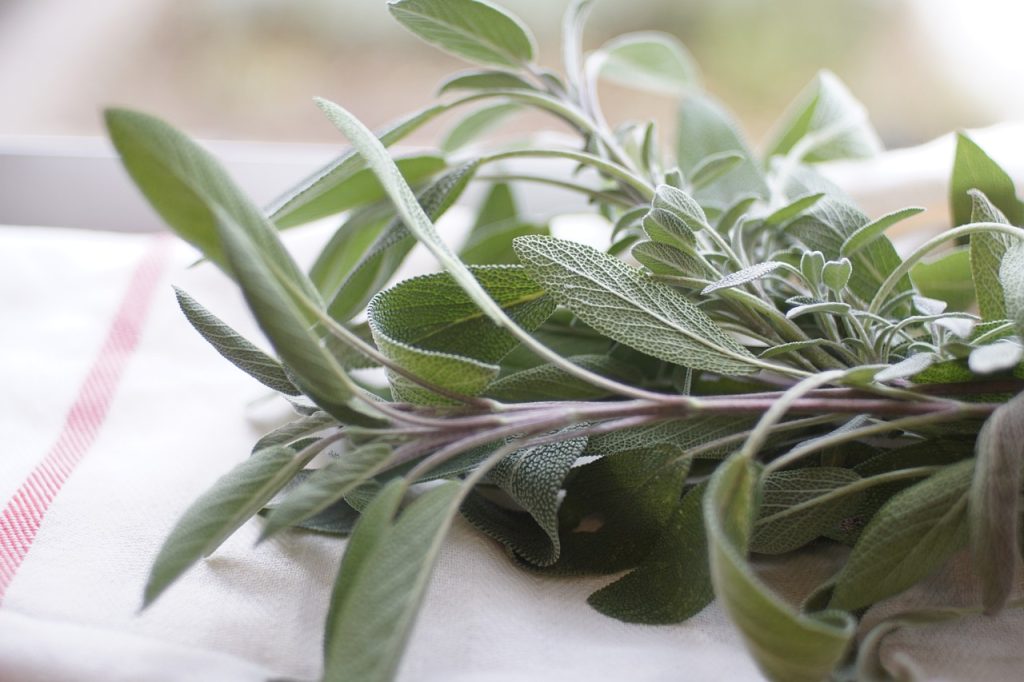
Sage has a slightly peppery flavor and offers benefits for digestion. This hardy herb thrives in well-drained soil and full sun, making it an easy addition to your tea garden. You can enjoy fresh leaves in your tea, especially when blended with honey to soften its strong flavor.
Echinacea
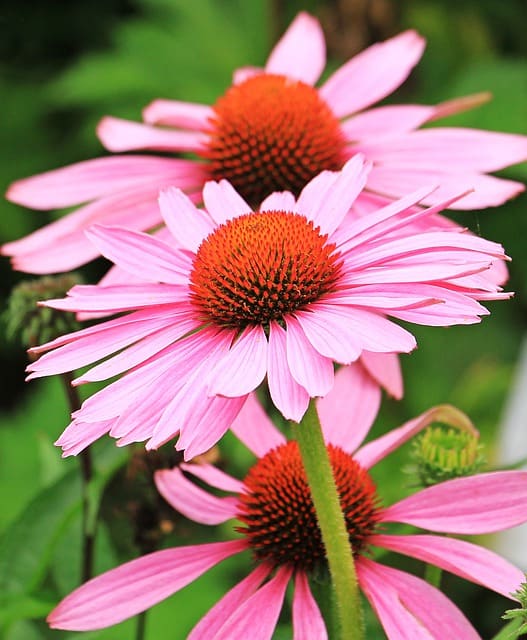
Known for its immune-boosting properties, Echinacea produces coneflowers that are not only stunning in appearance but also medicinally beneficial. Echinacea prefers well-drained soils and sunny locations. The plant attracts pollinators, adding vibrancy to your garden. Both the flowers and leaves can be harvested to create a potent tea that supports health, especially in the cold months.
Spearmint

Spearmint is another refreshing herb that works well in teas, offering a milder sweetness compared to peppermint. Unlike its cousin, spearmint spreads less aggressively and can be grown in containers or garden beds. The leaves can be harvested at any time and make for a delightful infusion that aids digestion and refreshes the palate.
Calendula
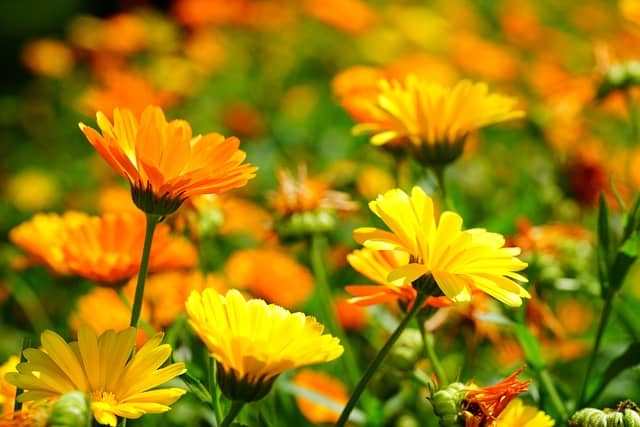
Calendula, known as pot marigold, produces vibrant yellow and orange blooms with mild, slightly peppery flavors. This herb can be used in teas, soups, and salads, as well as for its soothing properties in skin care. It grows well in a variety of soils and attracts beneficial insects. The petals can be dried and used in teas or as a natural dye.
Stevia
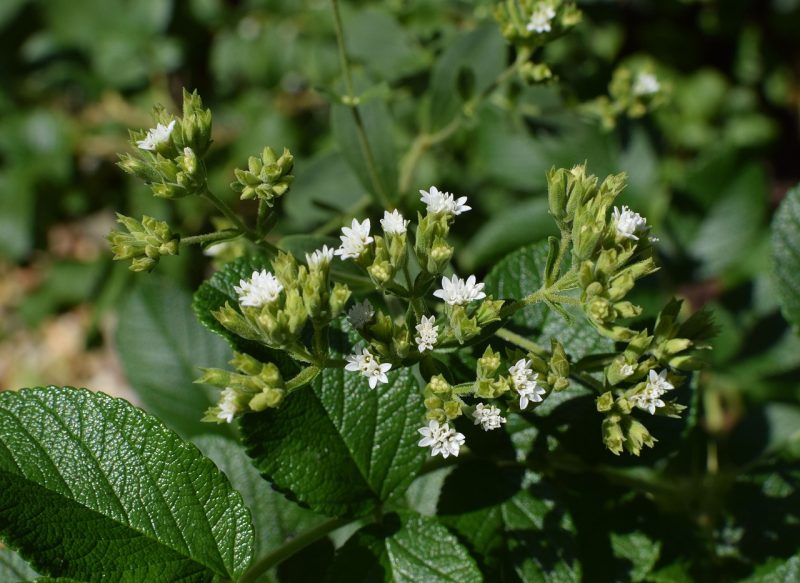
Stevia leaves are naturally sweet and can be used as a sugar substitute in herbal teas, making it an excellent plant for those looking to reduce sugar intake. This low-calorie herb is easy to grow, tolerating moderate conditions. You can use fresh leaves or dry them for later use; just be cautious with quantities, as how sweet it is can vastly differ among individual plants.
Lemongrass
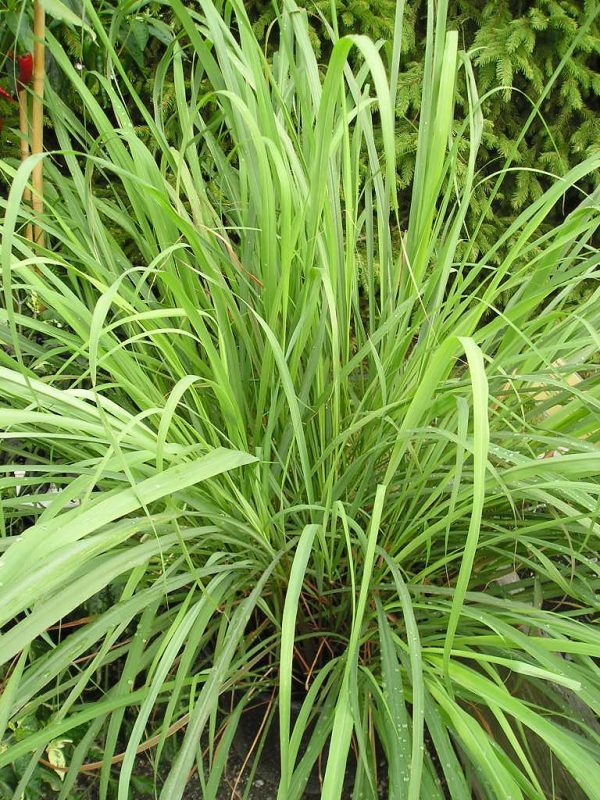
Lemongrass adds a citrusy flavor to herbal teas, often associated with Thai cooking. This tall grass thrives in warm, humid conditions and prefers well-drained soil. Lemongrass can be grown in pots or directly in the garden. When harvested, the stalks can be chopped and steeped to create a flavorful and aromatic tea that’s refreshing and uplifting.
Where To Get Seeds From?
Acquiring seeds or plants for your herbal tea garden can be done through various sources. Consider the following options:
Local Nurseries: Support your local businesses by purchasing plants or seeds from nearby nurseries. You can often find a selection of herbs suited to your climate, and the staff can provide localized advice on planting and care.
Online Retailers: Numerous online outlets specialize in seeds and plants, offering a broader variety. Be sure to choose reputable suppliers with good reviews, and consider seeking organic or heirloom varieties.
Seed Exchanges: Look for community seed exchanges or gardening groups in your area, where you can trade seeds with other gardeners. This is not only economical but a great way to get unique plant varieties.
Farmers’ Markets: Visiting local farmers’ markets can yield fresh, organic plants and herbs while providing a chance to engage with knowledgeable growers. Many local farmers also offer seeds for their specific region.
Propagation: If you have friends or family with established herb gardens, ask if you can take cuttings or divisions. Many herbs can flourish from clippings; for instance, place a sprig of mint in water until roots develop, then transfer it to soil.
Making Your Teas
Now that you have established your herbal tea garden and chosen your plants, it’s time to explore how to make delicious herbal teas from your freshly grown herbs.
Harvesting Your Herbs
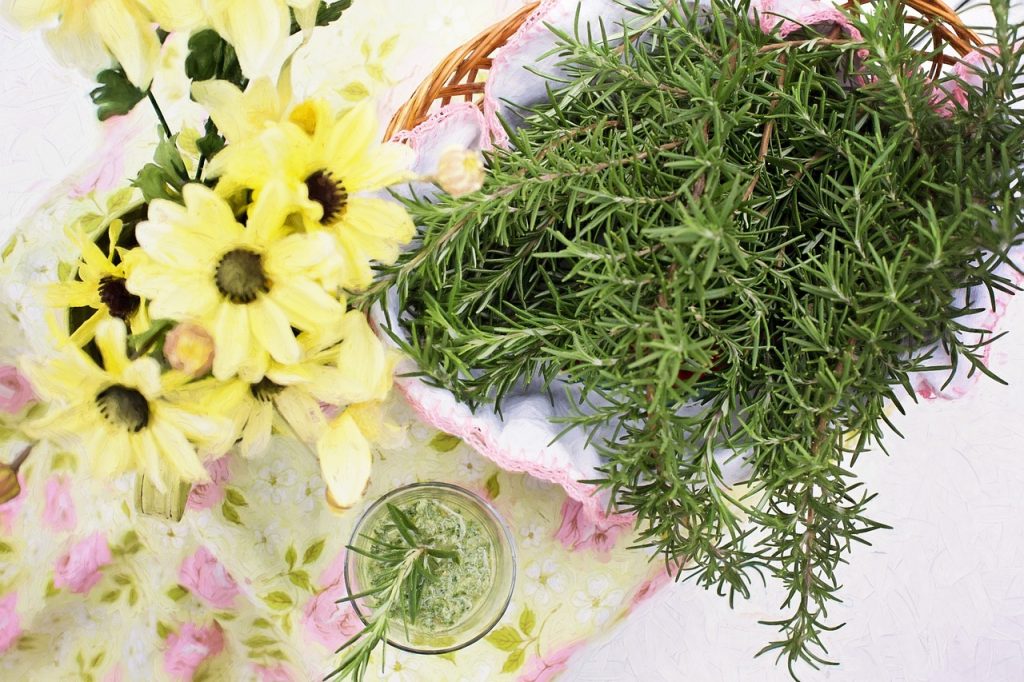
When it’s time to harvest your herbs, the best method is to pick them in the morning after the dew has dried but before the sun is too hot. This timing helps capture the essential oils that provide flavor and aroma. Using clean, sharp scissors or garden shears, cut the stems or leaves, prioritizing the most mature growth without stripping the plant. Always leave enough of the plant intact to encourage regrowth.
Preparing Your Teas
Drying the Herbs: If you want to store your herbs for future use, drying is a great option. To dry, gather your herbs in small bundles and hang them upside down in a cool, dark place with good air circulation. This process may take one to two weeks, depending on the humidity in your environment. Once dried, store them in airtight containers, away from light, in a cool, dark location to maintain freshness.
Brewing Fresh Tea: For a fresh tea experience, rinse the harvested herbs and chop them if necessary to release their oils more efficiently. Use boiling water, with a ratio of about 1-2 teaspoons of fresh herbs per cup of water, and steep for about 5-10 minutes, depending on your taste preference. For more robust flavors, you can adjust the steeping time accordingly, but be cautious with strong herbs like rosemary or sage, which can become overpowering.
Blending Flavors: Feel free to experiment with flavor combinations. The rich diversity of your tea garden allows for various pairings. For instance, chamomile with peppermint creates a soothing blend perfect for evening enjoyment, while lemon verbena and hibiscus provide a refreshing and tart summer tea. Always keep a journal of your combinations and their tasting notes to refine your brewing skills over time.
Sweetening Your Teas: Many different sweeteners can be added to enhance flavors. Freshly harvested stevia leaves can be used for a natural sweetener, while honey, maple syrup, or agave nectar can also complement the flavors of your tea. When sweetening, consider the flavor profile of the herbs in your tea to avoid overpowering the delicate notes.
Storing Infused Teas: When making larger batches of herbal tea, allow the infused tea to cool and store it in a sealed container in the refrigerator to keep it fresh. Most herbal teas should be consumed within a few days for the freshest taste, but steeped drinks can often last up to a week. You can also transform your brewed tea into tea ice cubes for a delightful addition to future iced tea drinks.
Conclusion
Growing your own herbal tea garden is a gratifying endeavor conducive to promoting health, well-being, and sustainability. With a little preparation, an array of delightful herbs, and an eagerness to experiment with flavors, you can create a flourishing space that inspires relaxation and creativity.
Whether you sip on a soothing cup of chamomile or enjoy the invigorating taste of peppermint, your homemade herbal teas will tantalize your senses and nourish your soul. The journey from garden to cup enriches your experience, turns every sip into a celebration of nature’s bounty, and fosters a deeper connection to the ingredients you cultivate.


